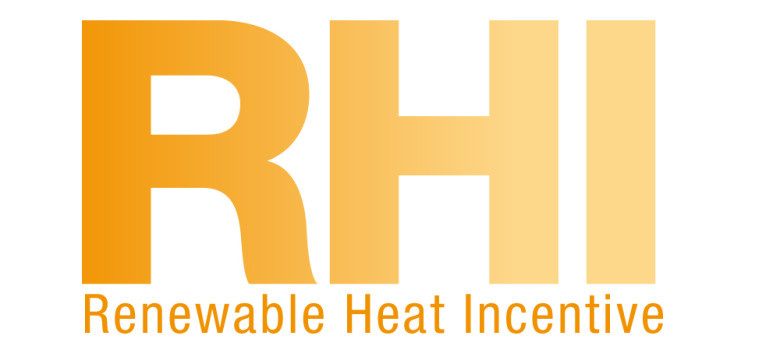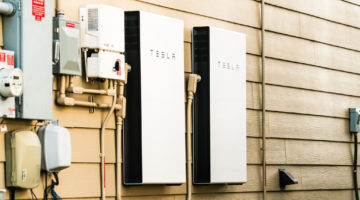
The Renewable Heat Incentive (RHI) and Feed In Tariff (FIT) schemes allow those who have installed renewable heating or clean electricity generating systems the ability to claim regular payments from the government to help subsidise the cost of the system. Unlike grants for boilers and insulation however, the RHI and FIT are paid over a number of years in small but regular quarterly payments.
Up front cost still an issue for renewables
Although in the long run, these incentive payments make renewable technology worthwhile, even profitable, there remains a very high initial cost to install the systems, and the payments do not help offset this.

Without reaching for statistics, it is very safe to assume that the vast majority of those people with renewable technology in their home are those from more wealthy homes. Whilst it certainly isn’t only for the rich, there is certainly a barrier to entry there for those who don’t have easy access to that kind of cash.
The Green Deal as a means to offset up front payments
This is of course where the government’s Green Deal program comes in. If you cant afford the up front cost, or you can’t get yourself a competitive loan, then your next option should be to look at the government’s Green Deal finance. The scheme lets you offset some of the initial cost against your future energy bill. Meaning you could potentially borrow several thousand pounds and pay for some of the cost of solar or heat pumps for example. Lets take a look at a few examples:
- Mr Smith wants solar PV for his home. He gets a green deal assessment and finds out he will get finance of around £2,500 towards the cost of the installation. A Green Deal Provider quotes him £6,000 to install the system. That means that instead of paying the full cost of the installation, he will only have to find £3,500 from his own money to pay for the system, with the rest being paid back on his energy bills.
- Mr Patel lives in an off-gas-grid home with electric heating. He wants an air source heat pump as he knows it is more efficient and he will benefit from the RHI. The cost he is quoted for a new heat pump and underfloor heating is £12,000. His Green Deal Assessment shows that he will get a loan of £3,100 reducing his up front cost to £8,900.
These two example are pretty optimistic in terms of loan amounts, so you can see that whilst the loan might help reduce some of the up front cost, you may well still be quite a way short of financing your installation.
Alternatives that let you install renewables?
If you really can’t afford any up front cost, and don’t like the idea of a government loan, you could look at companies that offer free installations of things like biomass boilers or solar PV, which allow you to benefit from the savings made by the new system on your bills, but allow the installer to keep the RHI or FIT payments for themselves. Obviously this isn’t going to be for everyone, but it actually offers a good way to get involved in renewable technologies even if you cannot afford the cost of installation, something the Green Deal doesn’t always offer.












yes they are rewarding the wealthy. but on the other hand the money has to come from somewhere. (taxing bankers arguments aside) to subsidise the poor comes from taxation or borrowing and in any case the poor suffer a disproportionate burden from OVERALL taxation so they suffer either way. so it has always been….